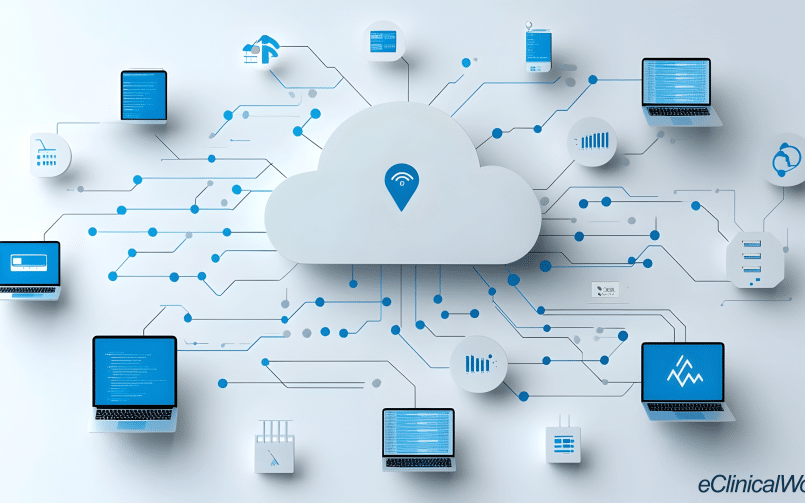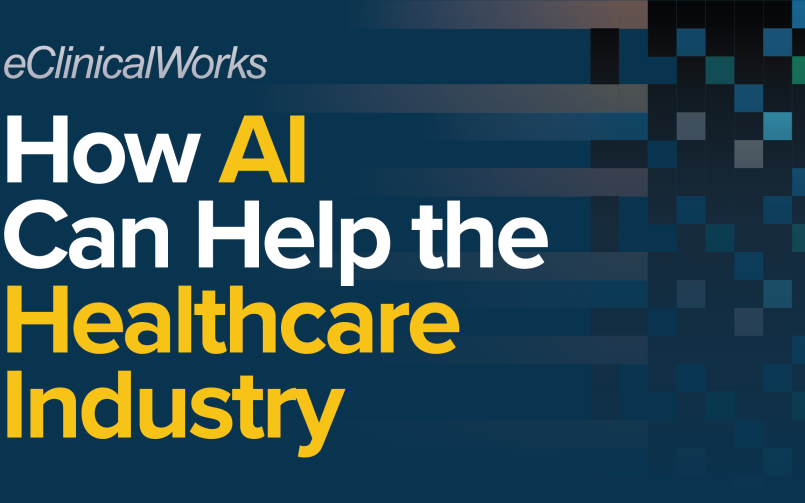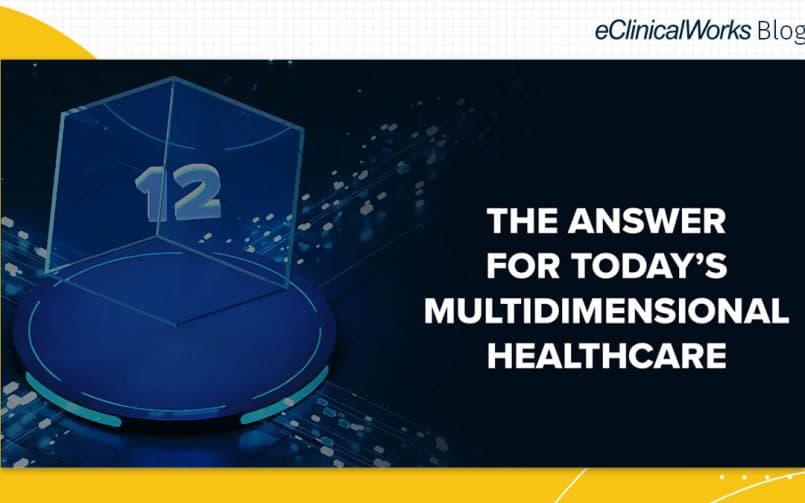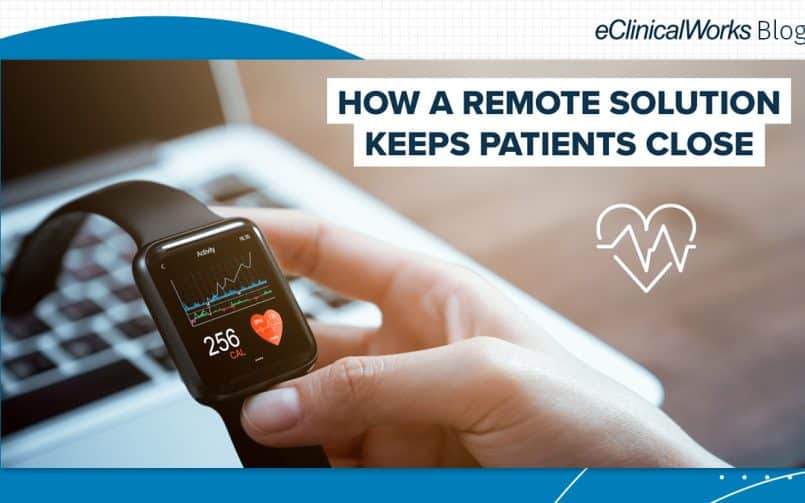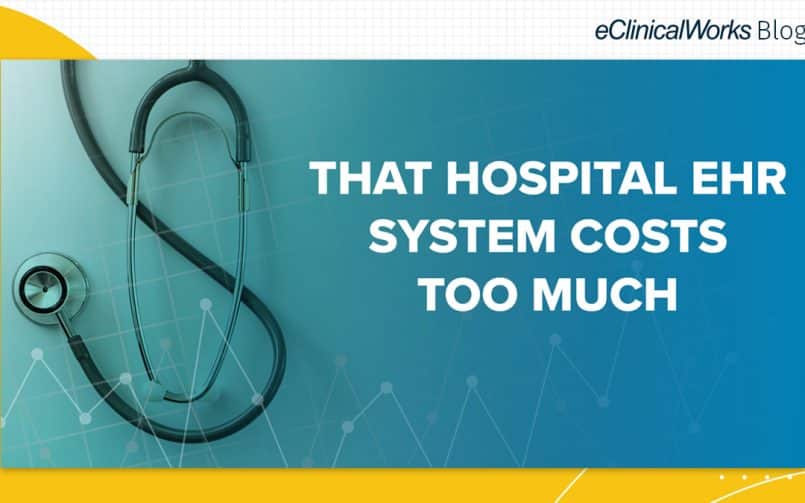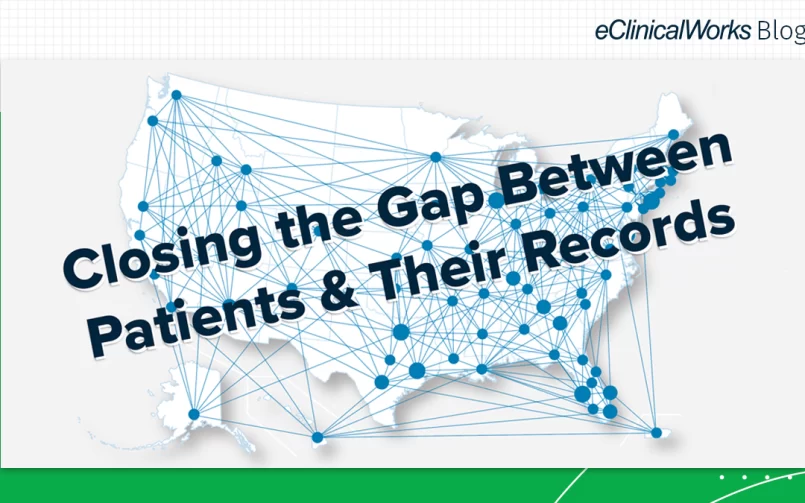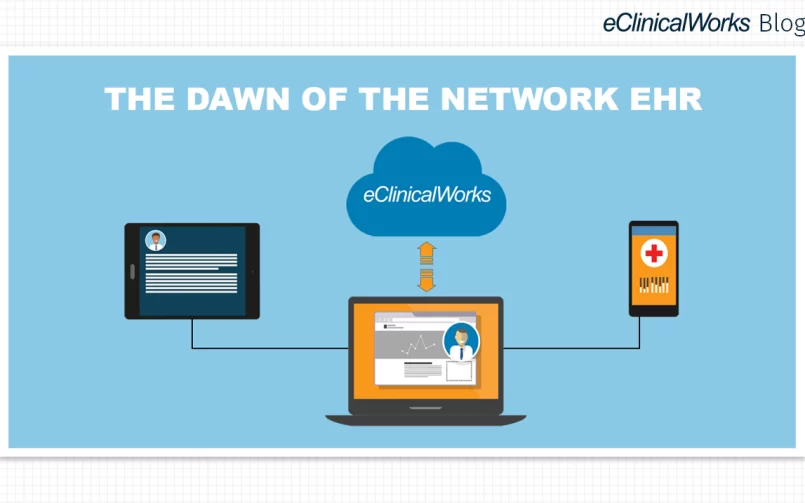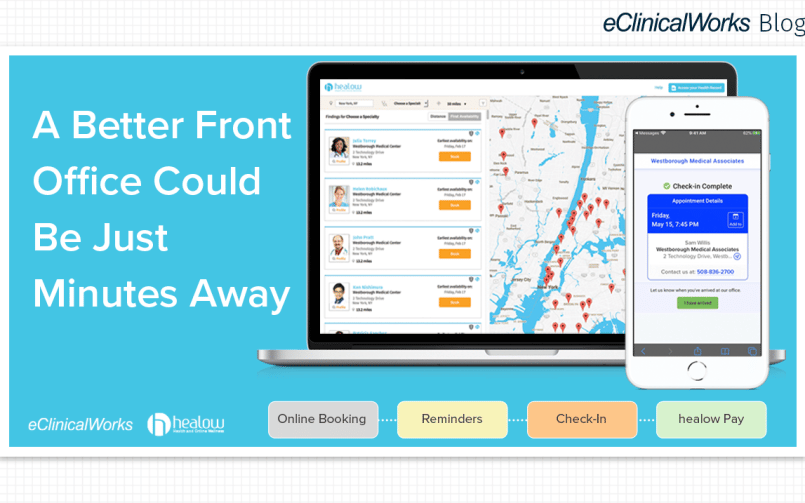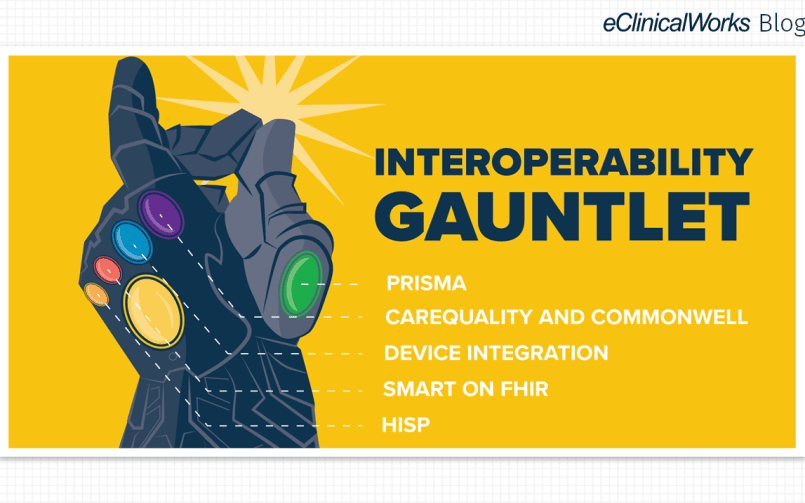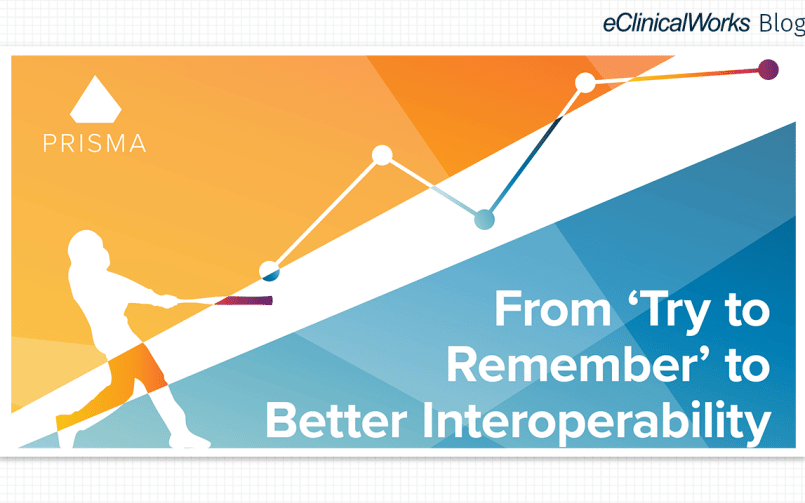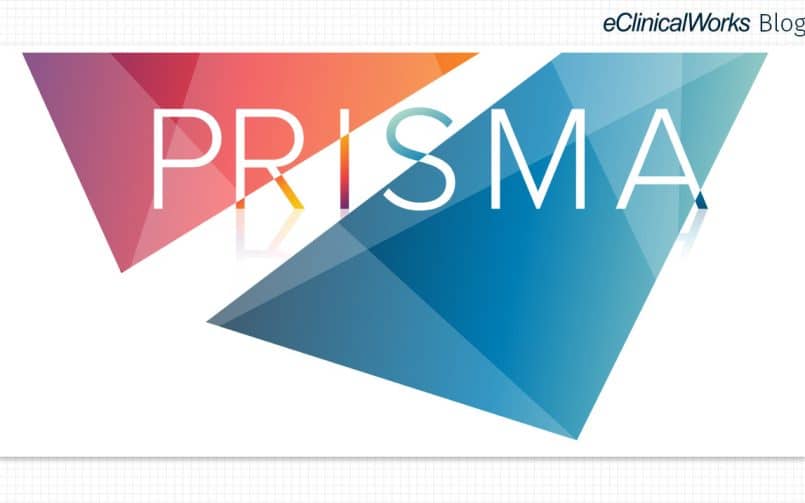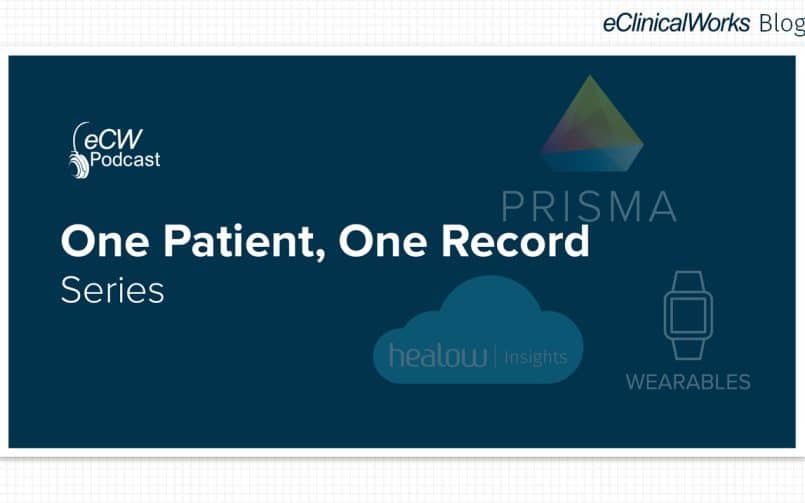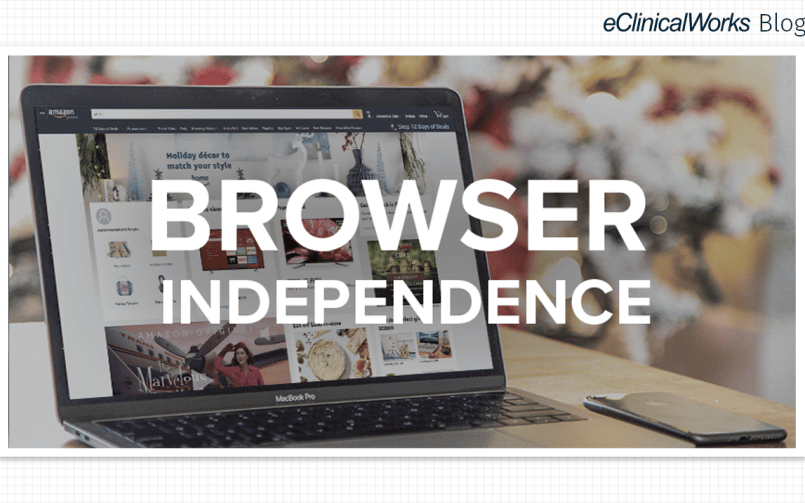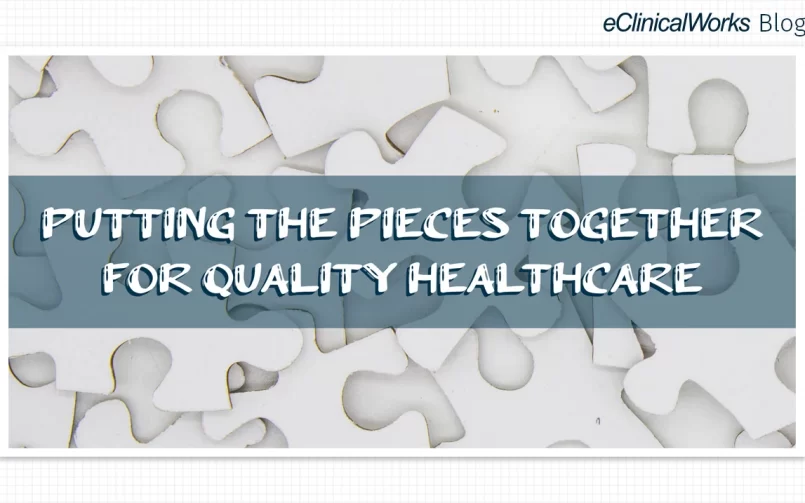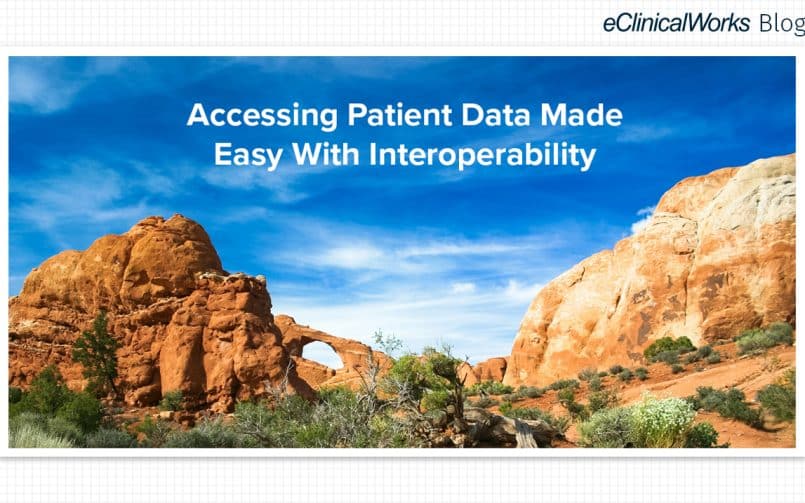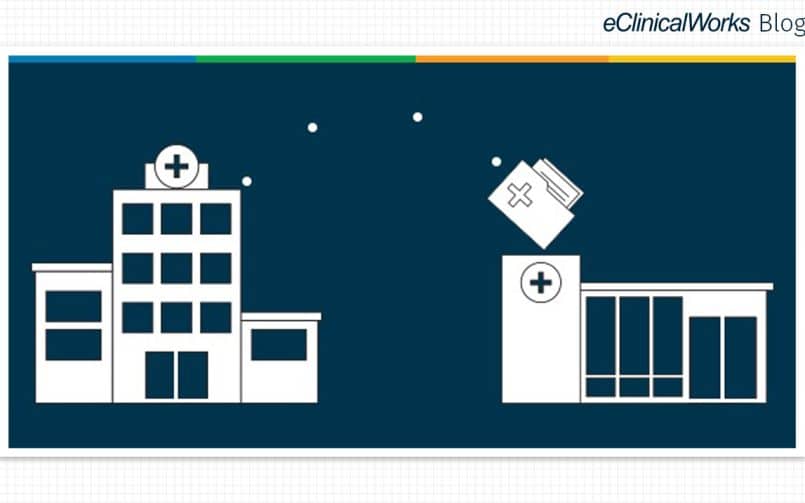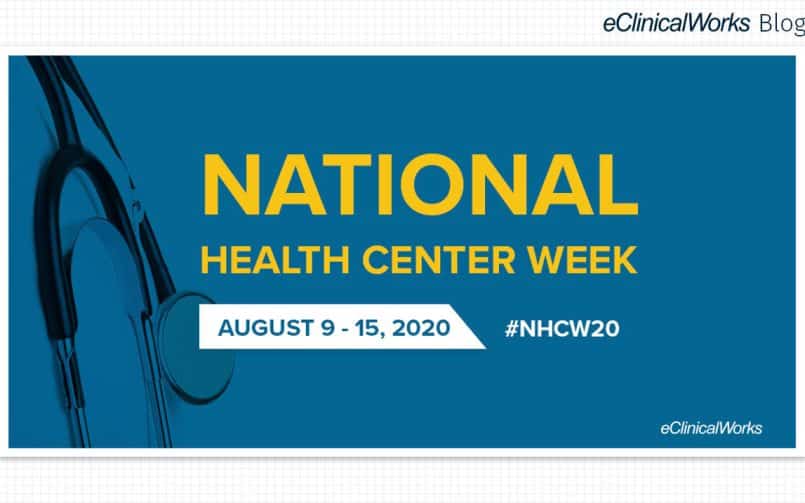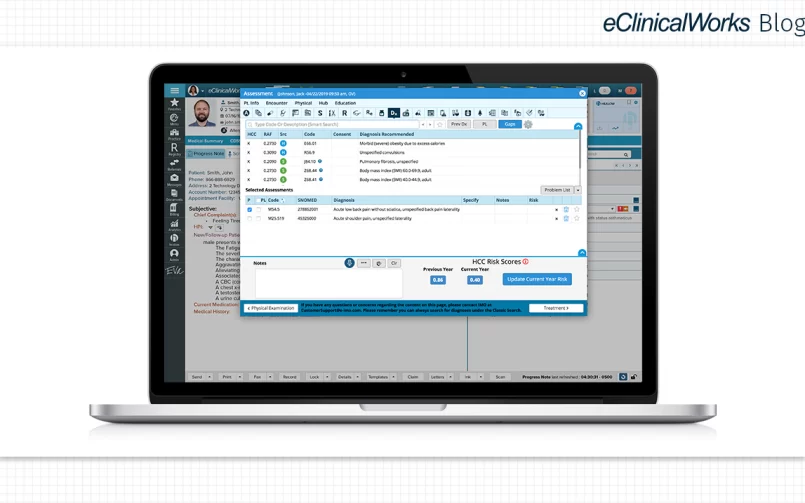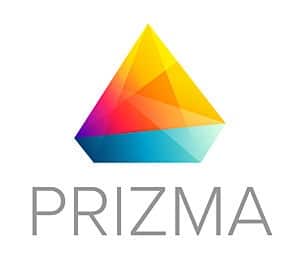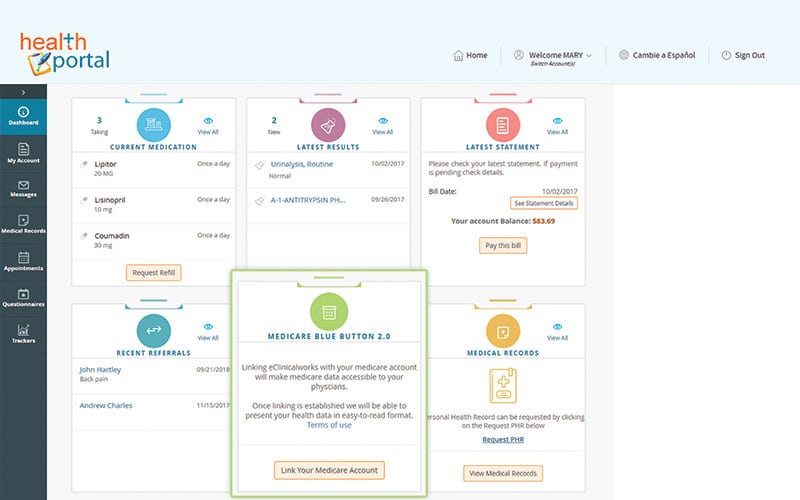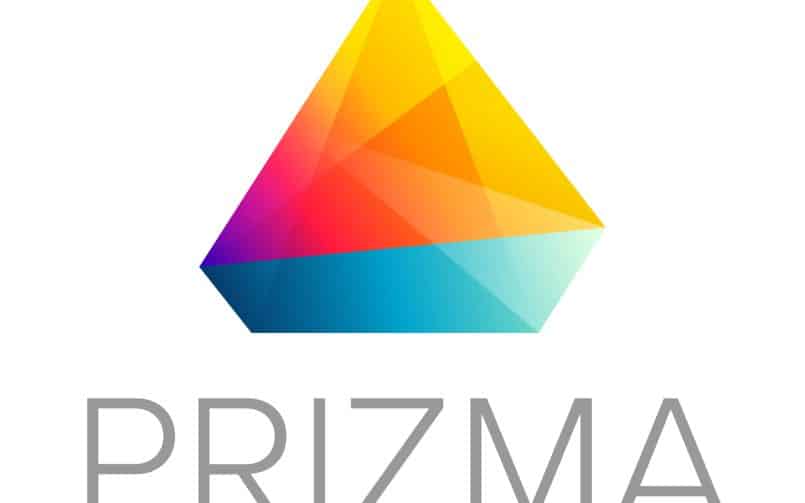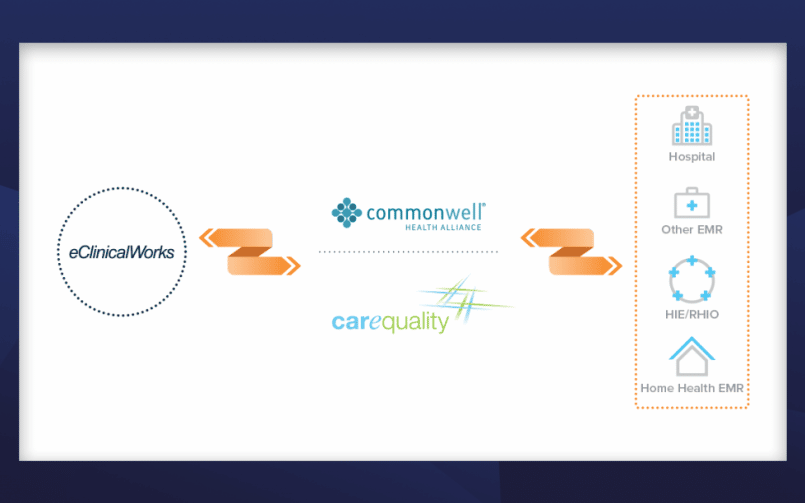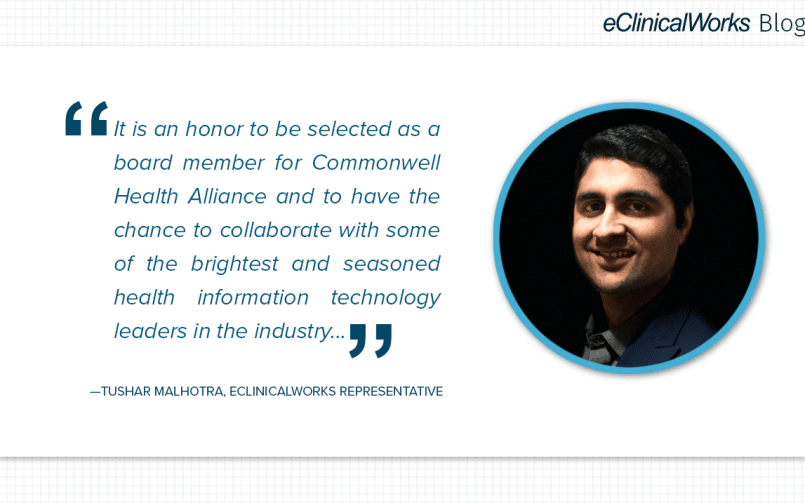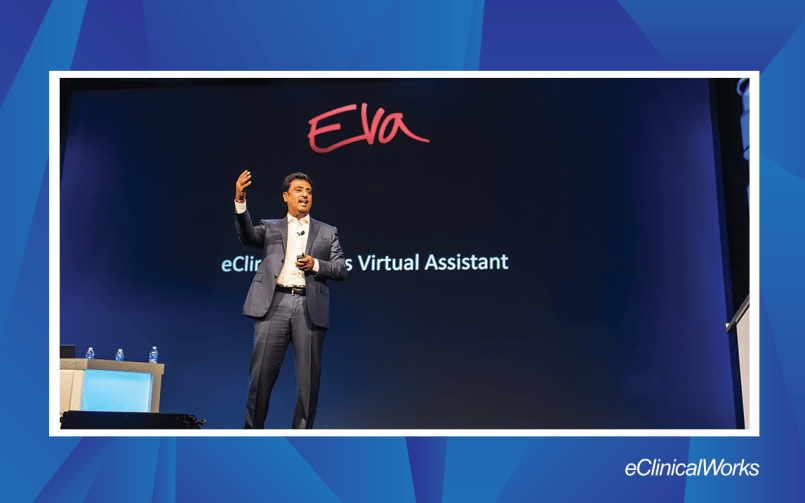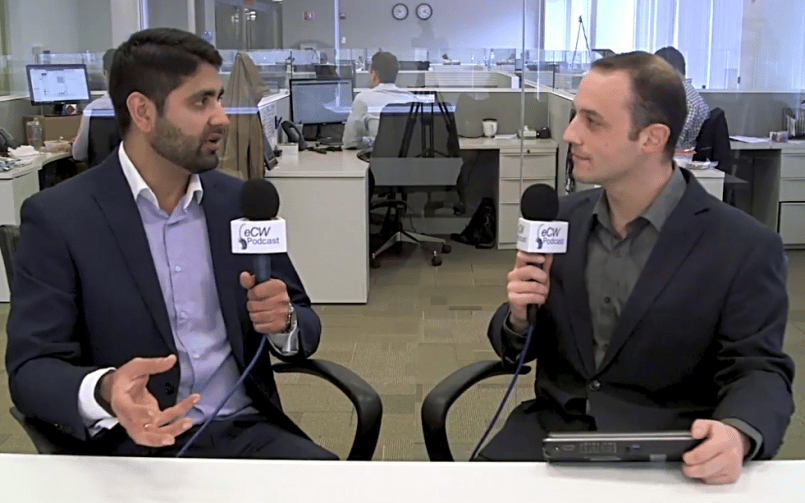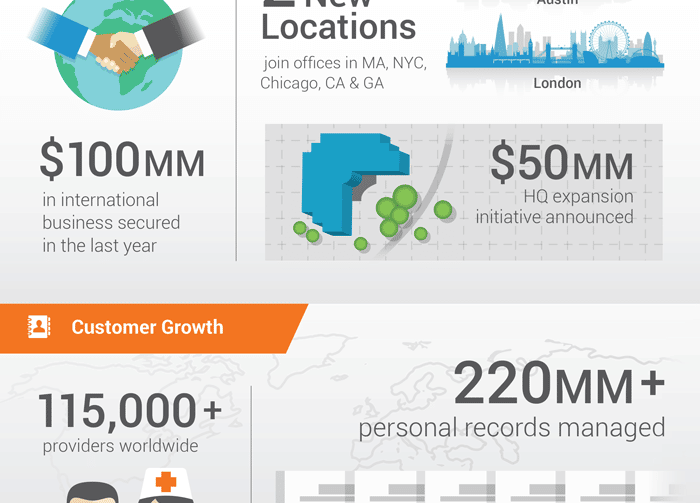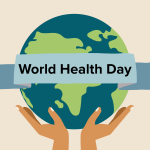Patient Histories: The Key to Quality Care
- 19 July 2019
- Blog
eClinicalWorks
The idea of interoperability in healthcare IT isn’t new, but there’s still confusion and misunderstanding regarding what interoperability really is.
At a basic level, interoperability means sharing data between disparate programs. But asking another practice or hospital for patient records isn’t true interoperability. Nor is logging into their system to retrieve those records.
True interoperability is when patient information can be sent electronically to the EHR.
Solving the data-sharing problem
In the past, we had emergency room patients who were told they should get a primary care physician who used Epic® so that “we can see your information.”
To me, that never made sense. So I began working with colleagues at Eagle Physicians to solve the problem of sharing data in real time.
In 2015-16, we developed an interface between eClinicalWorks® and Epic. The development of the Carequality network then replaced point-to-point interfaces with a networked approach in which organizations can share clinical data, on demand and at the point of care.
eClinicalWorks had the vision to connect to both Carequality® and the CommonWell® Health Alliance, which has been really useful.

Three kinds of information
Most of the information clinicians need falls into one of three categories.
-
Patient summaries or clinical care documents (CCDs) include a patient’s demographics, social, and family history.
-
Visit-level summaries cover outpatient or hospital encounters, including Progress Notes, vital signs, medications, and discharge instructions, all valuable for guiding medical decisions.
-
The Surescripts National Records Locator Service lists other providers a patient has seen, useful when a patient forgets — or doesn’t mention — that they saw a specialist.
For example, one day I saw a diabetic patient who mentioned she had had labs done elsewhere. Through Carequality, I could see the results and that she only needed an A1c. That’s a good example of how effective interoperability saves on duplication of care.
Steady progress nationwide
Full interoperability isn’t here yet, but we’re making progress. The problem of those ER patients who don’t have records in Epic has been solved with Carequality. Epic users can use “Care Anywhere” to locate patient records from our practice. It’s definitely a two-way street.
And I’ve had the opportunity to work with The Sequoia Project, the supervisory organization for Carequality, to help determine what information should be in clinical documents shared on interoperability networks.
I like to say that we’ve laid the pipes for the water to flow, and now we’re talking about the quality of the water in those pipes. A lot of work remains, but true interoperability has come a long way in recent years.
Epic is a registered trademark of Epic Systems Corporation
Carequality is a registered service mark of Healtheway, Inc. CORPORATION VIRGINIA
CommonWell is a registered service mark of CommonWell Health Alliance, Inc. CORPORATION DELAWARE
Cerner is a registered trademark of Cerner Corporation
MEDITECH is a registered trademark of Medical Information Technology Inc.





